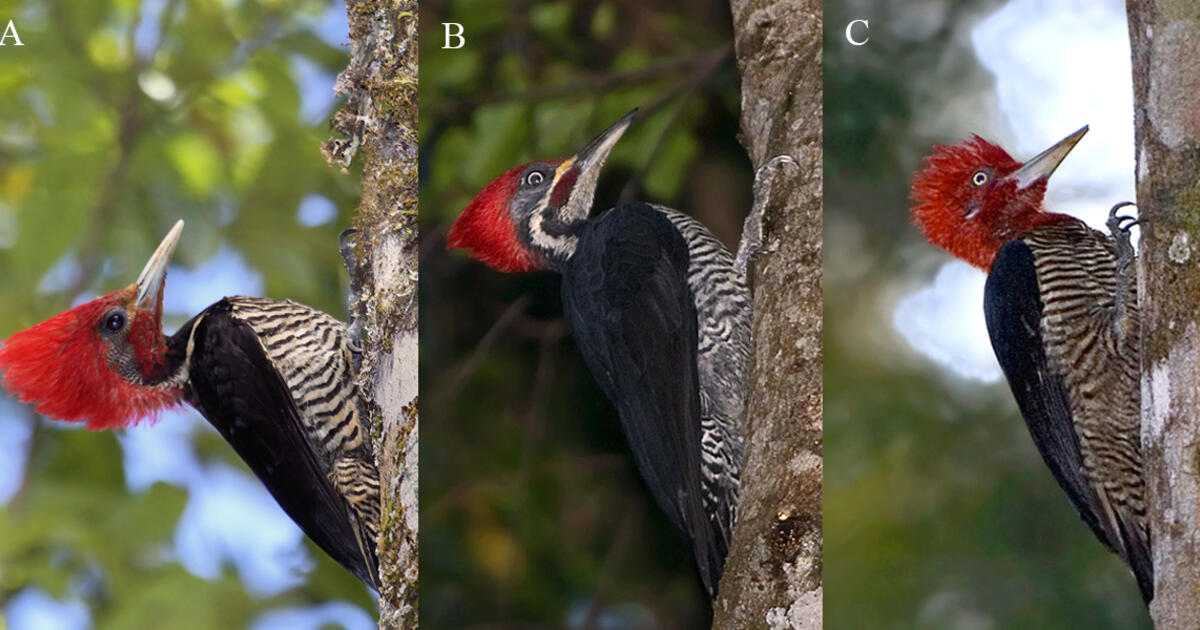Kirk Roth
Rarely to be taken seriously

Jente Ottenburghs and Michaël P. J. Nicolaï (2024) Hybridization constrains the evolution of mimicry complexes in woodpeckers. Journal of Avian Biology, published online 26 February 2024.
https://doi.org/10.1111/jav.03228
Abstract
The evolution of interspecific mimicry does not always result in perfect resemblance between mimics and models. Differences between members of a mimicry complex can be explained by genetic or developmental constraints. Alternatively, imperfect mimicry might be the outcome of a tradeoff between multiple selective pressures. In this study, we explored the evolutionary conflict between mimicry and hybridization in woodpeckers. Based on the selective tradeoff hypothesis, we expected that mimicry complexes will start to evolve once the constraint of maladaptive hybridization is relaxed. Hence, we predicted limited overlap in the divergence times between hybridizing species pairs and members of a mimicry complex. This prediction was supported by clear tipping point in the probability of hybridization and mimicry at ca 9 million years of divergence. Around this timepoint, the probability of hybridization approaches zero while the probability of belonging to a mimicry complex increases. This finding is only correlational and remains to be confirmed in other taxonomic groups. Nonetheless, our results suggest a selective tradeoff between evolving interspecific mimicry and avoiding maladaptive hybridization in woodpeckers.
I'm always shocked at the strength of faith in this idea of woodpecker "mimicry," especially in the absence of behavioral studies which establish such a thing. This paper flatly states mimicry "evolved several times" in woodpeckers based on Miller (who said that geographic overlap of similar plumage is "suggesting occasional strong selection for interspecific mimicry") Shemya (who investigated how rapid diversification rate, hybridization, convergence and potential mimicry complicate woodpecker phylogeny) and Benz, who simply suggested based on Celeus/Drycopus phylogeny that mimicry be explored in the Brazilian Atlantic Forest community.
Mimicry is just one of several reasons that birds with a common ancestry in the same habitat and similar niche might look like one another. I'm still waiting for any solid behavioral study to indicate that it even occurs, let alone is such a powerful driving force in woodpecker genetics all over the world. I don't know why "mimicry" has been so readily accepted as an explanation for Picidae alone - where are the "mimicry" papers for the tyrant flycatchers, the tinamous, treecreepers, the Larus gulls and on and on?





